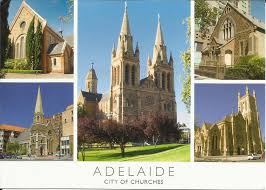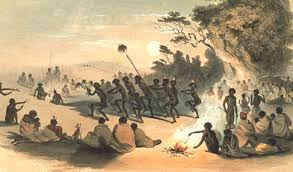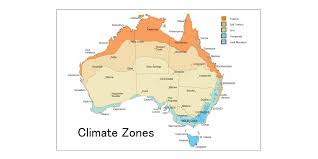This week we are looking at the town of Adelaide the capital of
South Australia, it has a population of around 1.4 million.
It is unique in Australia for being a planned city established
as a free settlement, not a penal colony. Founded in 1836, it was named in
honour of Adelaide of Saxe-Meiningen, wife of King William IV. The city's
layout, designed by Colonel William Light, features a grid pattern surrounded
by parklands, making it a "city within a park".
It was the first Australian city to be linked by telegraph to
London (1872), and the first to allow women to vote (1895).
It is also known as the "City of Churches" due to the
presence of numerous religious buildings.
The River Torrens, flowing through the city, played a
significant role in its development and is a landmark feature. That being
its ring of parkland on the River Torrens is home to renowned museums such as
the Art Gallery of South Australia, displaying expansive collections including
noted Indigenous art, and the South Australian Museum, devoted to natural
history. The city's Adelaide Festival is an annual international arts gathering
with spin-offs including fringe and film events.
The traditional owners of the Adelaide region, specifically the Adelaide Plains, are the Kaurna people. They are recognized as the custodians of this land, with their traditional lands extending from Port Broughton to Cape Jervis. The City of Adelaide formally acknowledges the Kaurna people as the traditional owners and pays respect to their Elders, past and present.
The traditional Kaurna name for Adelaide is Tarntanya,
which translates to "red kangaroo place". The Kaurna people are
the Traditional Owners of the Adelaide Plains, and Adelaide was their central
gathering place and area of movement and activity. While the city of
Adelaide is now known by its European name, the Kaurna name is increasingly
recognized and used, particularly in signage and dual naming efforts.
So, what is the town known for well, its vibrant arts and
cultural scene, particularly its extensive festival calendar. It's also
recognized for its high-quality education and beautiful natural landscapes,
including beaches and wine regions. Furthermore, Adelaide is a city known
for its charming architecture, exceptional coffee, and artisan produce.
The Adelaide region has a Mediterranean climate,
characterised with cold to mild wet winters and warm to hot dry summers. Most
of the region's rainfall occurs from mid-autumn to mid spring (April to
October), which coincides with southern Australia's wet season.
In May 1899, in a break with the common international practice of setting one-hour intervals between adjacent time zones, South Australia advanced Central Standard Time by thirty minutes after lobbying by businesses who wanted to be closer to Melbourne time and cricketers and footballers who wanted more daylight.














Beautiful place Jo-Anne and good to read about it too.
ReplyDeleteI have never been there but would like to one day
DeleteThis is a fascinating overview of Adelaide. It's remarkable that it was established as a free settlement and has such a well-planned layout.
ReplyDeleteI am pleased you liked the post
DeleteWe have several planned cities here in the States, like Savannah, GA, and Washington, D.C., to name two. Adelaide is a beautiful place, Jo-Anne. Thanks for the info!
ReplyDeleteI didn't know that about Savannah & Washington
DeleteAdelaide and Ft Wayne have something in common then- both known as "city of churches"!
ReplyDeleteDidn't know that about Ft Wayne
DeleteI like the name also
ReplyDelete